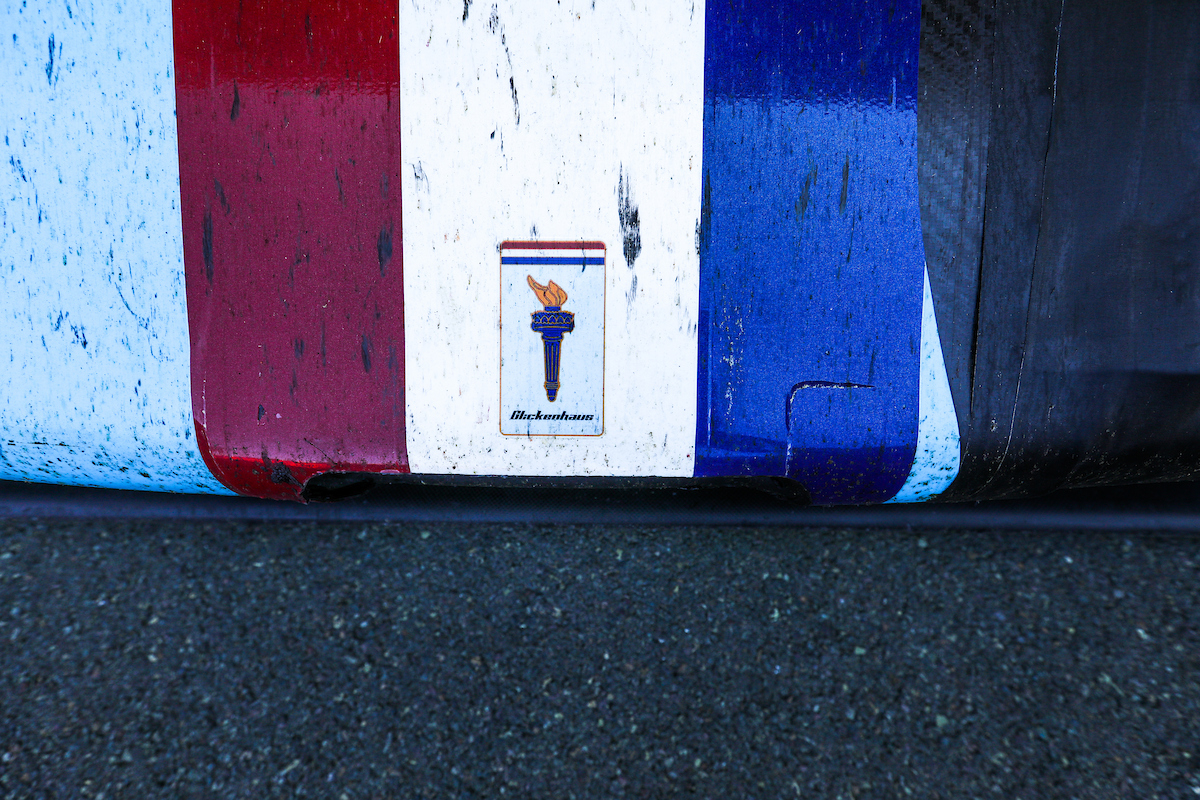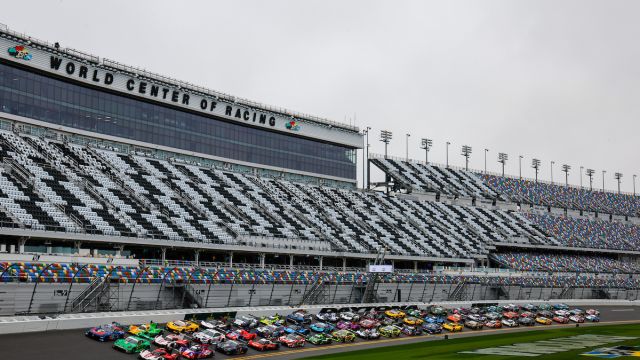Glickenhaus Racing, the 100% successful team at the 24 Hours of Le Mans
What has changed at Glickenhaus Racing since the 2021 Le Mans 24 Hours? The most obvious thing is that the red livery has changed to blue. As for the rest, the car is the same and four of the six drivers are still with the team: Romain Dumas, Olivier Pla, Franck Mailleux and Ryan Briscoe. Richard Westbrook and Pipo Derani have joined Cadillac, while Nathanaël Berthon and Esteban Gutierrez have joined the American team run by the ever-popular Jim Glickenhaus.
What has changed is the level of the opposition: while in 2021 and 2022, Toyota and Alpine were the only two competitors to give the Americans a fight, the situation has changed this year with much more competition. "In 2022, we had to finish the race because there was only Toyota, which was faster, and Alpine," Luca Ciancetti, Technical Director, told Endurance-Info. "This time, we really raced against some worthy competitors who are among the best. For us, it's a great achievement."

Faced with Ferrari, Porsche, Cadillac and Peugeot, it's difficult to compete on equal terms. "Honestly, we're one of the best teams on the grid," explains Ciancetti. "To finish ahead of some of the manufacturers without any major technical problems during the race, albeit with a few complicated moments, particularly two crashes, is a very emotional moment. The whole team pushed hard to get these two results."
The two Glickenhaus 007 LMHs did have a few problems at Le Mans, including an accident for each car on Sunday morning at Indianapolis. "The #708 suffered a suspension problem after running off the track (6 minutes in the pits, editor's note) and on the other, we had to change the front and the rear", explained the main team. "We had one and a half kits per car, so we managed accordingly. That's why the front of the #709 is so different at the end (laughs). For the rest, both cars worked well during the race."

"It's important to know how we got here," he continued. "We didn't complete any tests before the start of the season, but we had a team ready to go with a very good knowledge of the car over the last two years. It was the original plan to have a good Le Mans and we can only be satisfied."
The start of the 24 Hours of Le Mans was turbulent with the #708 stopped by a technical problem before 4pm, resulting in a start from the pit lane. "We had an oil leak in the gearbox," explained Ciancetti. "It's our fault, because the day before the race we don't usually do anything on the most important mechanical parts of the car. However, we had to adjust the differential because there's a rule about the maximum speed of the differential torque and we weren't sure we'd be compliant during the race. So we had to change a few parts. During the warm-up, we noticed a leak and we had to repair it.
"We started a lap down and the only way for us to get back up was to be eligible for the pass around. To do that, we had to stay out of trouble. We couldn't do just anything when it came to stopping, otherwise we'd be pushed back too far from the lead and we wouldn't be able to make up the lap we were behind. We had to survive."
Luca Ciancetti has some positive things to say about the new procedures: "For a small team like ours, which doesn't have the same pace as the top teams, it's a great tool. It's interesting because it means we're not cut off from the race at the front after three hours. We're not going to hide the fact that the procedures put in place at the start of the race helped to get us going again. I don't think that these procedures affected the final result of the race. I don't think anyone can say that the result was influenced by one of these procedures."
The man with the hat was equally satisfied: "It was a very difficult race for everyone. We had several incidents but we were able to repair the damage fairly quickly. We've now had six finishes in the Le Mans 24 Hours, which makes me really proud. Our 'little' team beat Porsche in the top class. There were three official 963s and one private car. It's really incredible for a structure like ours. I'm really happy, and we hope to be able to continue."

If there's one guy who's hoping to return to Le Mans with Glickenhaus, it's Franck Mailleux. The Breton, who has finished in the top 10 of his class in eight of his nine appearances at Le Mans, has a more mixed record: "We didn't have as clean a race as we would have liked. As soon as you get out of the routine, you find the race long. We had a problem at the beginning of the race with a wheel that wasn't tight. Then, we had pressures that were too low, resulting in a penalty that took us off the pace. It wasn't the race we were aiming for. I have a different memory of last year because we had a performance deficit. This waiting race wasn't the most exciting."
Without the worries, could the #709 have been higher up the order? "The final result couldn't have been much better, but we could have been closer," says Mailleux. "I'm not looking at 6th or 7th place, but at the laps separating us from the leaders. We knew we wouldn't be able to get out in front."
Like his fellow drivers, Franck Mailleux have an opinion about the new rules: "It's a bit too long, and I think we need to use the slow zones as much as possible because that allows the race to continue. The safety car is fine if you want a spectacle and cars on the same lap, but I don't think that's the spirit of European racing, it's more American. Neutralising just one part of the track makes sense."






Comments
Log in to comment the article